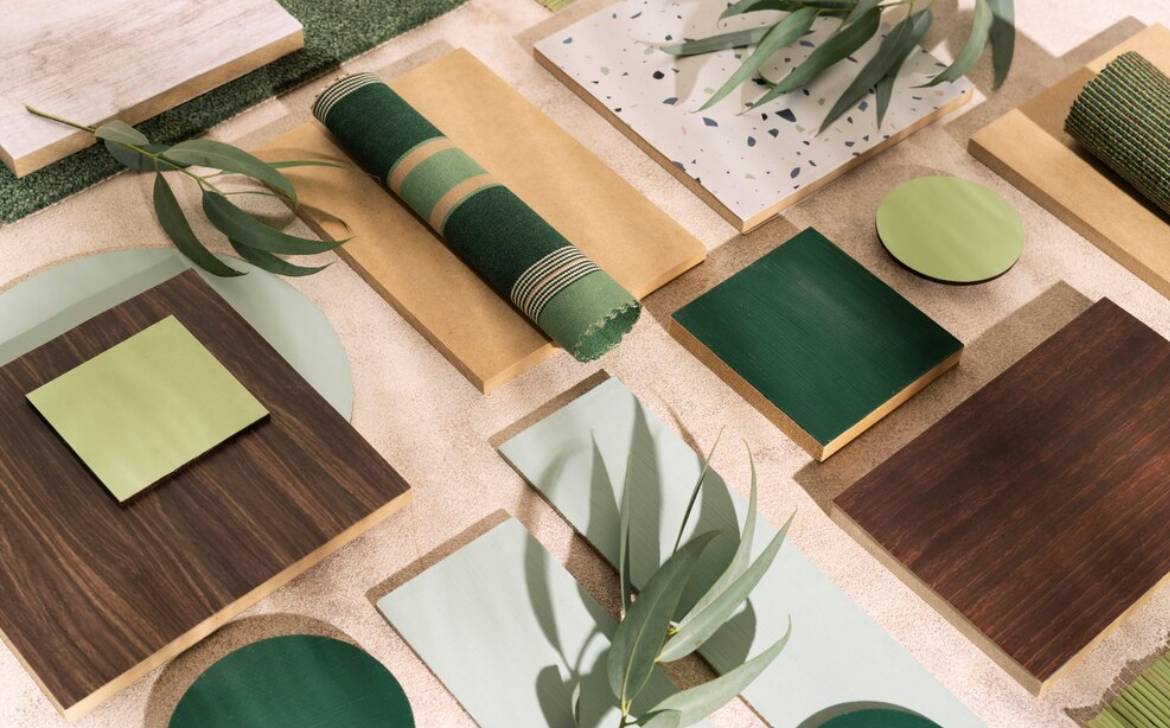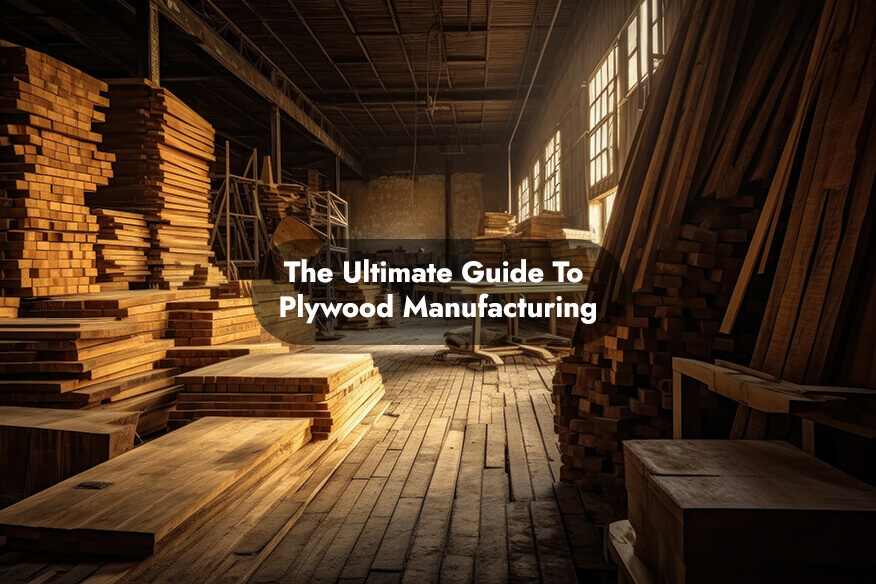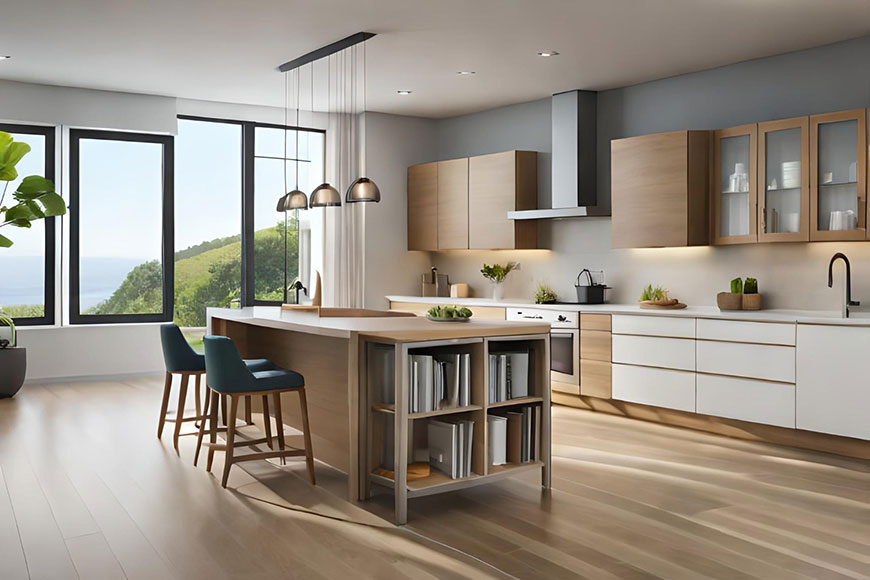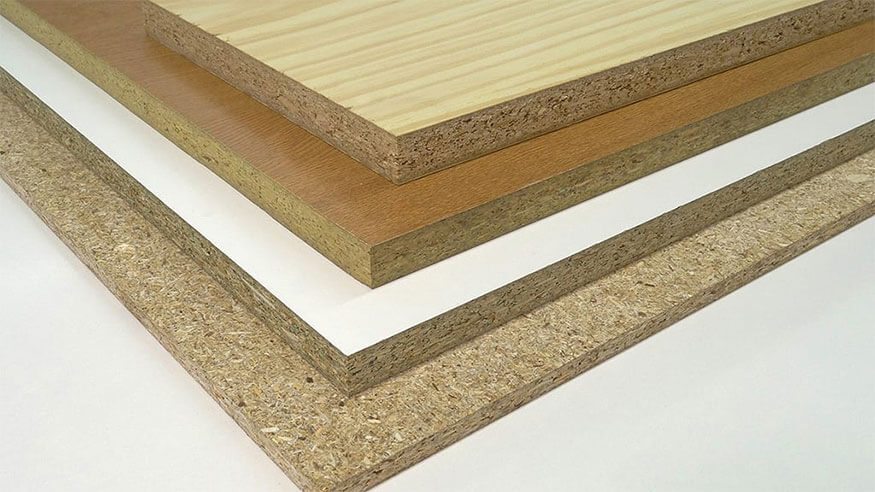The HPL consists of printed decoration paper fused to 6–8 sheets of Kraft paper saturated with a synthetic thermosetting resin. This process combines the sheets using heat and pressure to form flexible, single, high-density laminate sheets. So, the manufacturers will reinforce this process with metal and mesh layers. At the end, the sheets will be laminated onto wood substrates.
HPL boards are available in a variety of colors, textures, and styles. Archit Group is one of the top laminate sheet suppliers in India. You can use these sheets to imitate the appearance of other materials quite easily. Melanin-based resins are soaked into the countertop surface patterns of the laminates to increase resistance to abrasion, heat, discoloration, and thermal stress and impact.
What are the types of HPL boards?
There is a diverse thickness and range of high-pressure laminate boards available on the market. Some of them are:
- 6mm Thick: This HPL panel has a decorative dark gray sheet infused with melamine resin on both sides.
- 15mm Thick: This HPL panel has a decorative light gray sheet infused with melamine resin on both sides.
- 8mm Thick: This HPL panel comes without a decorative sheet and has a black-tinted core.
- 0,5 mm Thick: This HPL sheet veneer has a faux wood decorative laminate infused with melamine resin. The other side comes with a rough surface to improve adherence when gluing it.
Why use HPL laminate boards?
This material is perfect for areas that get a lot of usage, including locker rooms, dressing rooms, or toilets in public pools or sports facilities. It is hypoallergenic, has low porosity, and is resistant to stains and scuff marks.
It is especially appropriate for furniture in moist spaces like kitchens and baths. The HPL with the "G" marking is perfect for building playgrounds, outdoor furniture, and facade lining in construction. It is also excellent for outdoor use.
Examine the table closely the next time you're enjoying a coffee on the patio of your preferred café. It will probably be HPL. HPL panels are particularly ideal for creating small parts for instruments that need to be precise and hard, such as the plunge base of a rotary tool similar to a Dremel.
What are the advantages of HPL boards?
HPL boards offer a variety of advantages beyond durability and smoothness. These sheets are suitable for both exterior and interior designs. The advantages of using HPL sheets are:
- Durability: HPL boards are highly resistant to scratches, impacts, and general wear and tear, making them ideal for high-traffic areas.
- Moisture Resistance: They offer excellent resistance to moisture, making them suitable for kitchens, bathrooms, and other humid environments.
- Heat Resistance: HPL boards can withstand high temperatures, which is useful for countertops and other surfaces exposed to heat.
- Variety of Designs: Available in a wide range of colors, patterns, and finishes, HPL boards can mimic the look of natural materials like wood and stone.
- Easy Maintenance: HPL surfaces are easy to clean and maintain, requiring only regular wiping with a damp cloth.
- Cost-effective: Compared to natural materials, HPL boards offer a more affordable alternative without compromising on aesthetics.
- Stain Resistance: They resist stains from common household items, which helps in maintaining a clean appearance. To buy high-pressure laminate sheets, Archit Groups is a reliable partner to choose.
- Environmentally Friendly: Many HPL boards are made from sustainable materials and can be recycled, contributing to environmental conservation.
Disadvantages of the HPL Board
There are several disadvantages to HPL boards as well. Though these boards are suitable for both indoor and outdoor interiors, they are not suitable for harsh environments. Some other disadvantages of using HPL boards are:
- Susceptible to Damage: While durable, HPL boards can still be damaged by sharp objects or extreme force, leading to chips or cracks.
- Not Repairable: Unlike solid wood, HPL boards cannot be easily repaired if damaged; the entire board might need replacement.
- Limited Thickness Options: HPL boards are typically available in limited thicknesses, which may not be suitable for all applications.
- Installation Challenges: Incorrect installation can lead to issues like bubbling or delamination, requiring professional installation for the best results.
- Lower Prestige: Despite high-quality finishes, HPL boards may not have the same perceived value as natural materials like granite or solid wood.
- Heat Damage: Prolonged exposure to extreme heat can cause HPL boards to warp or discolor over time.
- Environmental Impact: Some HPL boards use formaldehyde-based adhesives, which can off-gas and have potential health impacts.
Conclusion
HPL sheets come in a wide variety of textures, patterns, and finishes. The HPL sheets are easy to install and also include wood grains, stone textures, and vibrant colors. HPL boards allow designers and architects to bring their creative versions to life. Additionally, HPL aligns with sustainability practices, precise dimensions, and adaptability, which makes themes suitable for cabinets, furniture, wall panels, flooring, and more.
Though HPL boards are easily available on the market, you need to ensure that you know where you can buy them. You need to analyze the reputation, quality, thickness, material, environmental friendliness, and more aspects. By considering these aspects, you will be sure that your product is of the highest quality and will be effectively retained for a longer period of time. Thus, choosing the best quality will be helpful, and Archit Groups are renowned for their quality HPL boards. They are a laminate sheet supplier in India, and you can buy from them easily online and offline.


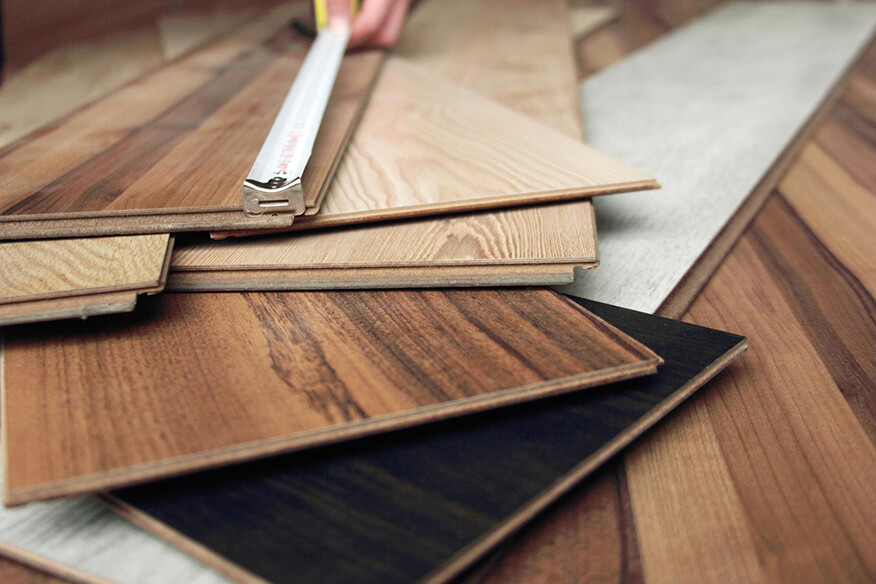
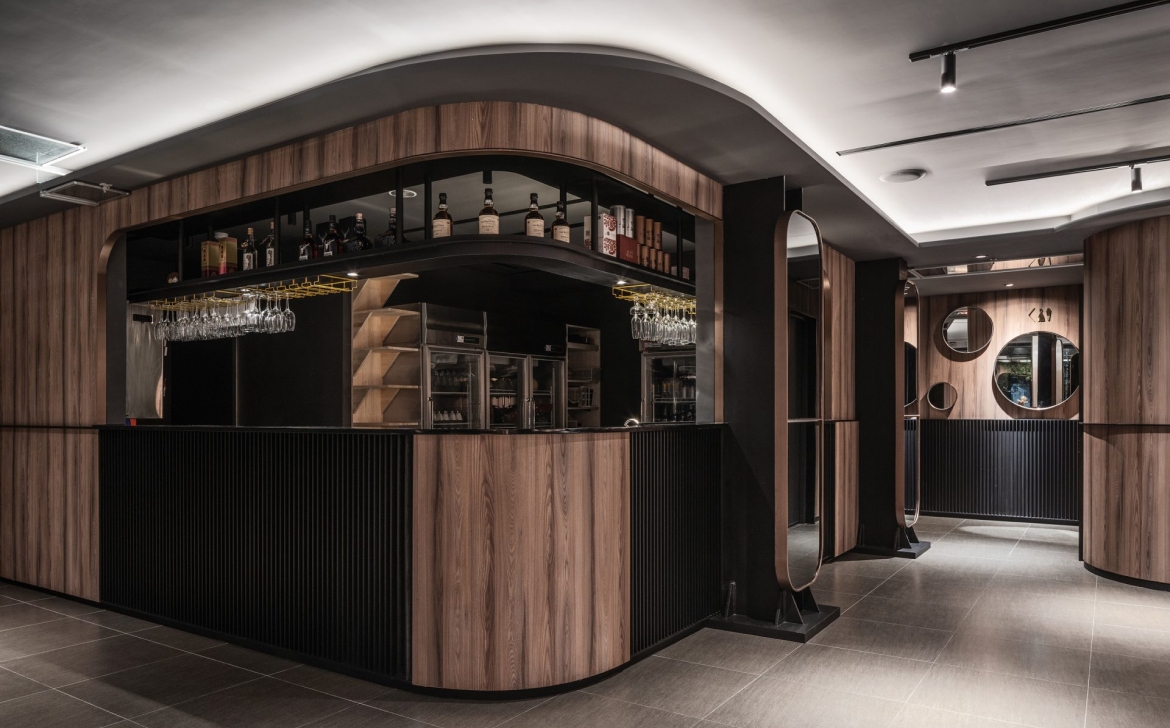


.jpg)



